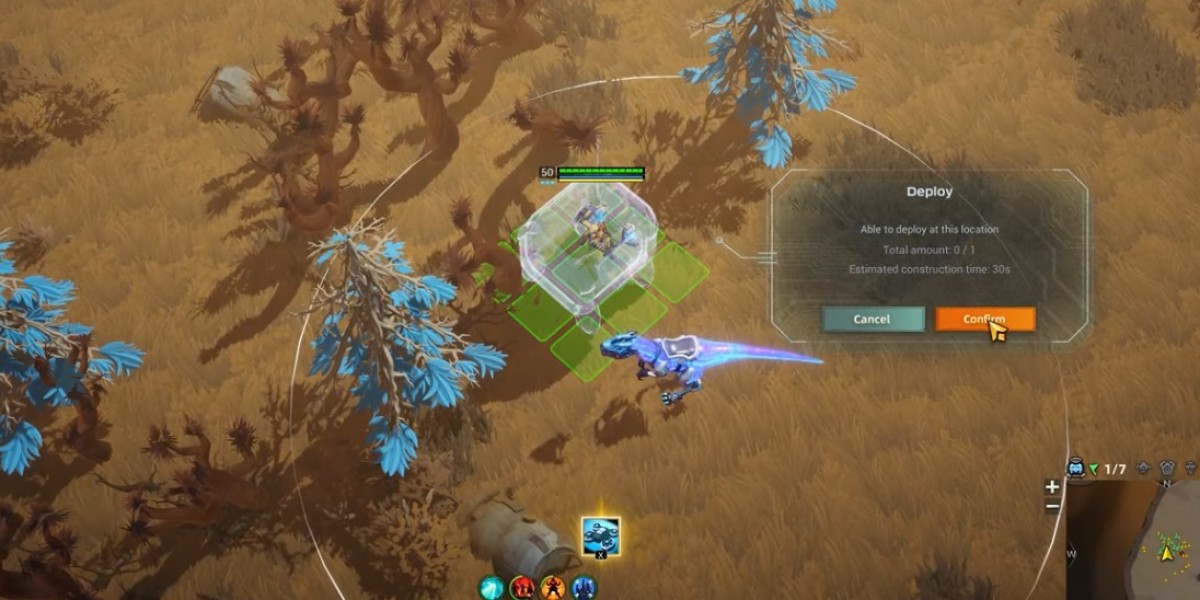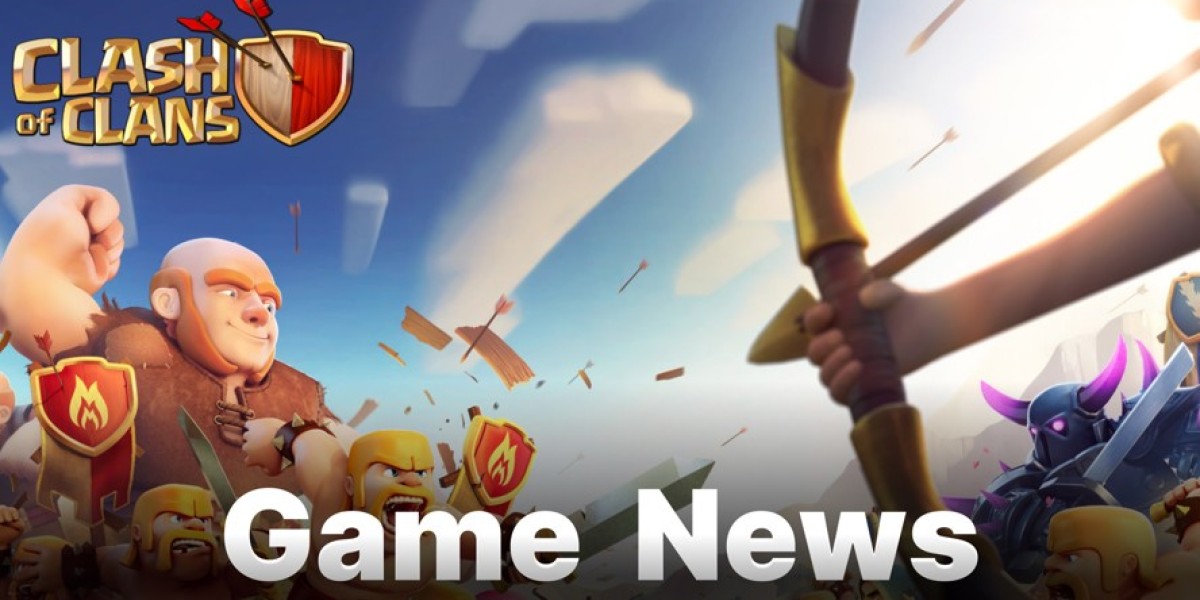Massively multiplayer online games have been around for decades, but only a handful have managed to stand out by truly redefining the genre. WAA Solarbite, the latest entry into the MMO landscape, is aiming to do just that. Launching September 19th on Steam as a free-to-play title, it blends large-scale guild warfare, strategy, and flexible character building into a unique mix. Imagine the open-world, territory-driven systems of Albion Online, the tactical depth of Starcraft, and the world-spanning battles of Guild Wars 2’s World vs. World—all rolled into one planetary conflict.
This isn’t your traditional MMO with rigid classes and endless gear treadmills. Instead, Warborne throws players into a living, breathing war where factions clash for planetary dominance, guilds construct and defend bases, and massive battles determine who holds the planet’s center by the end of each season. It’s bold, ambitious, and—on paper—exactly the kind of MMO PvP experience that many fans have been craving.
In this article, we’ll dive deep into what makes Warborne: Above Ashes stand out, explore its core systems, and weigh whether it deserves a spot on your must-play list at launch.
A World at War
The first thing that sets Warborne apart is its seasonal structure. The game world is a vast planetary map divided into zones called Arvers. At the start of a season, each faction holds only a small corner of the map. The ultimate goal? Push your borders, capture territories, and secure the central Harvester—the single most important objective that determines who wins the season.
Capturing an Arver isn’t as simple as walking in and claiming the flag. These territories can only be contested during scheduled wartime windows, ensuring that battles happen on a predictable schedule rather than sporadically. During wartime, factions rally their forces, build Demolisher siege vehicles, and escort them into enemy strongholds. Defenses must be destroyed, bosses defeated, and objectives seized.
The tug-of-war dynamic means every session matters. Whether you’re escorting siege vehicles, defending resource convoys, or skirmishing along the front lines, your actions contribute to the larger faction war. Unlike many MMOs where daily play can feel like disconnected grinding, Warborne ensures that everything you do—PvE, PvP, or crafting—feeds into the grand strategy of the season.
Combat That Feels Alive
Mass-scale MMOs often struggle to balance depth with accessibility, but Warborne leans heavily toward active, skill-based combat. Instead of tab-targeting or automated abilities, every skill is a skill shot. Players manually aim abilities much like in League of Legends or Dota 2, bringing a high level of engagement even in large battles.
The basics are straightforward: you have a primary attack, activatable skills, dodges, and parries. But fights can be punishing—dying may cause you to drop resources, or in rare cases, even pieces of gear depending on the zone you’re in. That risk means victory is rewarding, but defeat stings, especially if you haven’t stashed backup equipment in a safe location.
Combat shines brightest in group encounters. Tanks hold aggro, healers sustain the front lines, and DPS rain destruction on enemies. Chaos is the norm, but when coordination clicks, the resulting clash is both satisfying and exhilarating. For MMO PvP fans, it scratches that itch of participating in battles that feel impactful and intense.
The Drifter System: Breaking Away from Classes
Traditional MMOs often lock players into strict classes that determine their role for the life of a character. Warborne flips that script with a classless build system centered around Drifters.
A Drifter functions like your hero archetype. Each comes with one signature ability and a handful of passive traits. Beyond that, your playstyle is shaped entirely by your weapons, armor, and gear choices.
Weapons provide auto-attacks and primary abilities.
Armor pieces such as chest plates and boots unlock additional activatable skills.
Helmets provide passive bonuses.
This mix-and-match system lets you create builds on the fly. You can spec into a heavy bruiser who thrives on close combat, switch into a ranged DPS loadout, or even pivot into a healing support—all by swapping gear. Over time, you can unlock multiple Drifters and set up to three loadouts, allowing you to adapt dynamically depending on the battle at hand.
The build variety is staggering. Want a crowd-control heavy disruptor? You can build it. Prefer a glass-cannon assassin? That’s possible too. This flexibility encourages theorycrafting, experimentation, and tailoring playstyles for different scenarios.
Mastery, Mods, and Progression
Progression in Warborne doesn’t rely solely on gear drops. Each weapon, armor type, and Drifter has a Mastery system, which levels up the more you use them. Higher mastery levels improve stats, upgrade abilities, and unlock stronger options.
To speed things along, you can use consumable books, but the backbone of progression is simply playing the game and refining your builds. Mods—similar to enchantments in Diablo—can also be slotted into equipment, further enhancing abilities or adding new effects.
Importantly, much of this progression carries over between seasons, ensuring that players aren’t reset to square one when a new war begins. That balance of long-term investment and seasonal freshness gives Warborne both persistence and replayability.
PvE Encounters and Resource Management
Although Warborne is PvP-focused, PvE content plays an important role in supporting the war effort. Across the map, you’ll encounter Scrap Posts—enemy camps that spawn waves of mobs and culminate in a boss battle. Small camps can be cleared solo, while larger outposts demand a coordinated group.
The risk-reward balance is key: fewer players in a group means more loot per person, but higher danger of failure. This incentivizes guilds to carefully plan group sizes rather than zerging every encounter.
Resource management is equally critical. Your faction needs materials to craft siege engines, upgrade fortifications, and fuel the war effort. Convoys carrying resources must be defended, as enemy ambushes can cripple your faction’s progress.
Drift Marks: Your Mobile HQ
Every player has access to a Drift Mark, a personal headquarters that doubles as a spawn point, crafting hub, and forward operating base. Early on, players learn how to gather resources, build crafting stations, and upgrade their Drift Mark.
Placement is strategic:
Set it near high-yield resource areas for efficient farming.
Move it closer to the front lines for quick respawns during wartime.
Fortify it with turrets, Tesla coils, and traps to withstand enemy assaults.
Upgrading your Drift Mark unlocks faster mining, stronger defenses, better gear crafting, and more powerful Drifters. It’s not just a home base—it’s a key tool in planetary warfare.
The Importance of Warbands
While solo play is possible, Warborne is clearly designed with guilds—called Warbands—in mind. Joining one transforms the experience. You’ll farm faster, clear Scrap Posts more efficiently, and coordinate during wartime sieges.
Warbands can pool resources to build Demolishers, strategize territory captures, and provide safety in numbers. Solo players, by contrast, may struggle to keep up with gearing, defend convoys, or even know where major battles are happening. If you plan to play Warborne, joining a Warband early is strongly recommended.
Strengths and Concerns
After exploring its systems, it’s clear that Warborne has some standout strengths:
Unique Genre Blend: RTS strategy, MMO persistence, and MOBA-style combat all in one.
Classless Flexibility: Endless build variety keeps gameplay fresh.
Meaningful World: Every battle, convoy, and resource contributes to a larger war.
Seasonal Structure: Faction wars give the game clear stakes and a sense of progression.
That said, some concerns remain:
Solo Difficulty: Lone players may find progress frustrating.
Visual Overload: Large-scale battles risk becoming chaotic messes on-screen.
Death Penalties: Losing gear can be punishing, especially for casual players.
Monetization Uncertainty: The premium currency (Solar Bites) currently looks fair, but long-term pay-to-win concerns linger.
The free-to-play model makes Warborne accessible, but whether it maintains fair monetization post-launch will be critical to its longevity.
Final Thoughts: Should You Play?
Warborne Above Ashes Solarbite for sale is shaping up to be one of the most intriguing MMO launches in recent years. By combining the best of PvP-driven faction wars, strategic base management, and flexible build systems, it offers a fresh take on a genre that often feels stuck in tradition.
If you enjoy organized PvP, theorycrafting builds, and participating in battles where your actions truly shape the world, Warborne deserves your attention. Solo adventurers may face a tougher road, but for guilds and faction enthusiasts, this is a playground built for epic stories.
When it launches on September 19th, the MMO community will finally see if Warborne lives up to its ambitious vision. If it does, it could easily become one of the best large-scale PvP MMOs in years.








